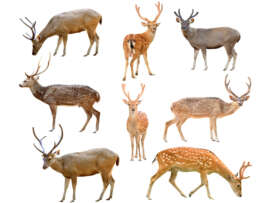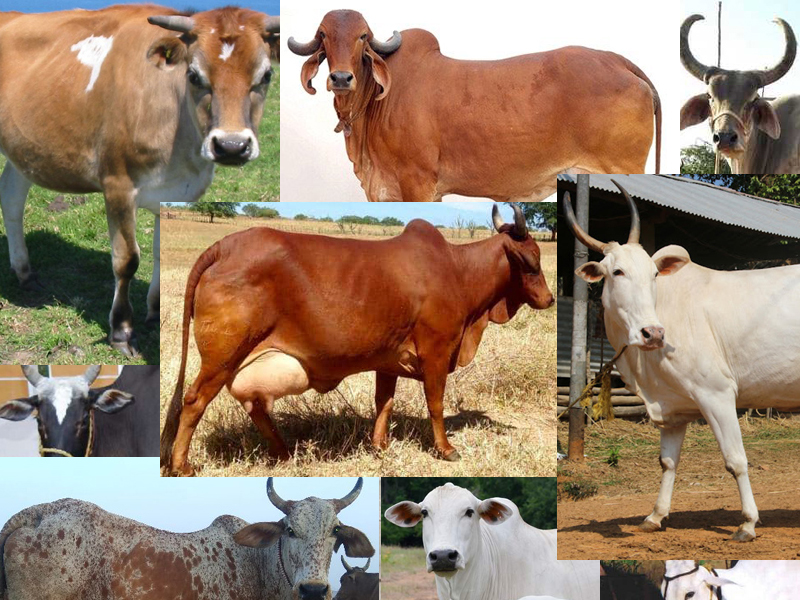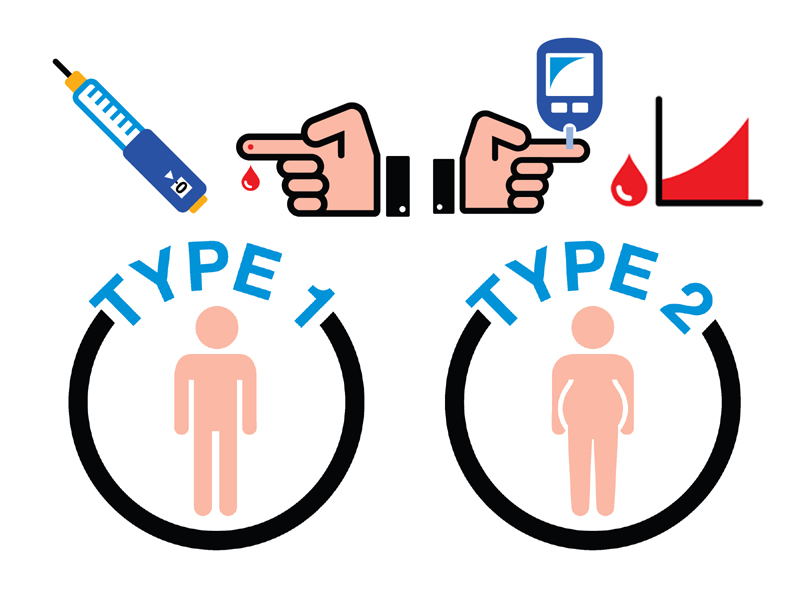We all visit banks and have our transactions from our own respective branches for our everyday needs and necessities. But do you know that there are several types of banks in the country, and each is specifically designed to cater to different requirements?! While most of us go to our regular banks, some do not have transactions. Instead, give loans to or few banks that only focus on investments.
Interesting, isn’t it? Let us learn something new today and know all about the different classifications of banks in the country and how they function. Here we go!
What is a Bank, and What Are Its Functions?
What exactly is a bank, and what types of banking systems? We all know what it means. But often fails to explain and understand. Banking institutions that accept our deposits and save our deposits on behalf of us with our own. Which helps to withdraw the same on demand. They help the regular day-to-day citizens and every public work on finances, manage the money, and lawfully assure every person about our deposits’ safety.
Depending on the different types of banks, the operations and functions alter. However, basically, overall, there are two significant and main functions for every bank. Let us understand them briefly. First of all, banks run to accept our deposits, withdraw them on demand, and grant loans to the public. While these are the primary functions, banks also have their own agency functions. Such as collecting cheques, transferring funds, undertaking custody of valuables, issuing cheques or credits, and having their own periodic collections.
Different Types of Banks:
Now let us get going and know all about the different kinds and categories of banks with their functions in our country.
1. Central Bank:
Every country has a central bank that regulates and takes care of other banks’ mechanisms within it. In India, we have the Reserve Bank of India and the Central Bank. Which acts as a bank for the government, manages the monetary policy and system, and guides other banks and institutions. Similarly, every country has their central bank, such as the Federal Reserve in the US. It also takes care of issuing the currency and supervises overall financial affairs and systems in the country. Given that it is a general bracket and head for the entire financial system, it is also known as the banker’s bank.
See More: Types of Farming Practices
2. Commercial Banks:
Commercial banks have come into existence under the Banking Companies Act of 1956, which exists in rural and urban regions. As the name suggests, the main motto of these banks is generating profit. There are both public as well as private (Indian and foreign) commercial banks existing in this country. The primary source of running for these banks is the only public deposits and customers.
Examples of different types of commercial and public banks include the State Bank of India (the most significant public sector bank in India), Canara Bank, Bank of India, etc. The private sector banks include HDFC, ICICI Bank, Axis Bank, and so on. There are also foreign banks in India, such as HSBC, Standard Chartered Bank, etc. Commercial banks, both public and private, are present across the globe.
3. Regional Rural Banks:
The RRBs, also known as the Regional Rural banks, fall under sub-class commercial banks that provide only loans for agriculture and allied activities. These banks are established under the RRB Act of 1976 and are a joint venture of the Central Government, State Government, and Commercial banks. These banks’ main aim is only to focus on provisions for lending and banking facilities for people across rural areas. Some RRB examples include Andhra Pragathi Grameena Bank in AP under the sponsorship of Syndicate Bank and Bihar Gramin Bank in Bihar under the sponsorship of UCO Bank.
4. Cooperative Banks:
Types of Cooperative banks are the respective state-controlled and managed banks under their act and regulations to promote social welfare amongst their citizens. They look after affairs and give loans for agriculture and other allied livelihood activities within every state. The cooperative banks operate in three-tier structures: state-level where SBI and state governments directly regulate them. These include banks such as NABARD. Then, in the second tier, we also have district-level cooperative banks, respectively, and the third tier includes agriculture cooperative banks in villages.
5. Local Area Banks:
The Local area banks were introduced only around 1996 as the main objective to run only in local areas to generate profits. Commercial private sector banks manage these banks. However, not many local area banks are there in India. Some of them include Coastal Local Area Bank in Andhra Pradesh, Subhadra Local Area Bank in Kolhapur, Capital Local Area Bank in Punjab, and Krishna Bhima Samruddhi Local Area Bank in Telangana.
6. Specialized Banks:
As the name suggests, few banks have come into existence only for specialized purposes. They have different specific roles and objectives to develop the particular cause financially. Examples of Specialized banks include the Small Industries Development Bank of India (SIDBI) to gives loans to small-scale industries and units in order to encourage them, EXIM bank for financial assistance for exports and imports to other countries, NABARD to help assist and provide finance in agricultural development, village and rural concerns.
See More: Different Kinds Of Visas
7. Small Finance Banks:
The small finance banks are specifically present to look into the needs and financial assistance of small and micro industries, farmers, and the unorganized sector in India. The Central Bank of India overall governs them. A few examples of Small Finance Banks include AU Small Finance Bank, Equitas Small Finance Bank, Fincare Small Finance Bank, etc.
8. Payments Bank:
Payments banks are more of a new phenomenon that we have been witnessing in the recent past. These payment banks are conceptualized and developed by the Reserve Bank of India, where they can deposit a maximum amount of up to Rs. 1,00,000. These banks, however, cannot grant loans, lending as well as credit cards. However, one can have access to online and mobile banking under the Payments Bank. So, one can say that almost all of them have the same types of internet banking, online banking, retail banking, electronic banking, and other digital methods here too. Some of India’s most popular Payment banks are Airtel Payments Bank, Paytm Payments Bank, Jio Payment Bank, India Post Payment Bank, NSDL Payment Bank, etc.
9. Exchange Banks:
Exchange banks are governed for foreign trade and exchanges only. They manage foreign bill collection, discounting, and selling foreign currencies to help people convert their money into foreign currencies. In most cases, few specialized branches of commercial banks take care of this function, and separate exchange banks are fewer.
See More: Buildings List and Design Classifications
10. Investment Banks:
These investment banks are pretty well-known in Western countries. The banks such as Morgan Stanley, Goldman Sachs, etc., are popular investment banks. These banks have the function of assisting and aiding individuals and institutions to raise capital, issue securities, and invest income. They are also quite popular for trading securities, stocks, and instruments.
We hope you learned all about the different types of banks present all across. While we all mostly know about our day-to-day commercial banks themselves, it is interesting to find out the several functions and kinds of banks every country has.
Frequently Asked Questions and Answers:
1. What is the main role of any bank across the globe?
The banks’ central objective includes accepting deposits on behalf of the public, the safety of deposits, lending and loans, and managing cheques.
2. What are the different loans a bank can give?
While most banks deliver several types of loans, the most common ones include gold loans, Home loans, car loans, as well as educational loans, and personal loans.
3. How many types of accounts are there in banks?
In most cases, India’s banks have four types of deposit accounts, namely Savings accounts, fixed deposits, recurring deposits, and current accounts.
Disclaimer:
All the information on different types of banks is only given from sources found on the internet and educational websites. This information is to be used only for knowledge purposes solely. We are not responsible for any error.




















































































































































































